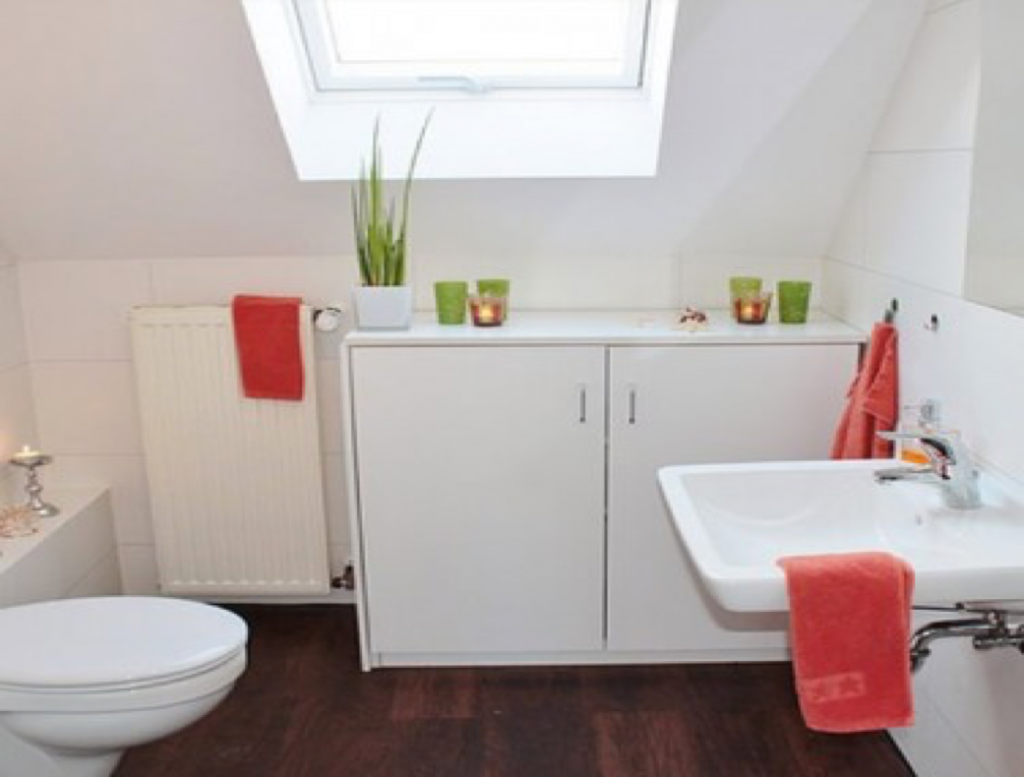HOW TO AVOID SOME OF THE COMMON BATHROOM WATERPROOFING MISTAKES
What we demand from our bathrooms and washrooms has improved significantly in recent years. We no longer want only a spot to scrub, but rather something more similar to a spa or a lounge. Our bathrooms can now feel more like a retreat from the outer world, where we can rest, recharge, and renew ourselves.
Multi-way toilets, stunning views or wallpapers, expensive-looking tiles, branded bathroom fittings, and more make this a luxury experience. But none of this matters if you encounter bathroom problems such as water spills, efflorescence, wall peeling, bathroom seepage, and so on.
It doesn’t matter how expensive the bathrooms are if they have any of the above-mentioned issues. On the one hand, we want to have a fun and comfortable experience in our bathroom; on the other hand, we don’t want to waste a lot of time, space, and commitment in its construction and upkeep.

8 EASY STEPS TO WATERPROOF YOUR BATHROOM
To the above-mentioned questions, the clear answer is a resounding YES! Furthermore, you have come to the right place to read about a basic step-by-step method for waterproofing your bathroom.
Water proofing is critical in many respects because it prevents your bathroom floor and walls from water infiltration, which can contribute to corrosion of your bathroom’s inner structure and other structural problems.
Here are 8 easy steps to waterproof your bathroom in a convenient yet a perfect manner-
- Rinse and Clean Your Floor!
The first and most important thing you can do is scrub the floor and clear any debris or dust particles. You will do that with the aid of a broom and a dustpan.
- Apply an Effective Good-Quality Primer!
Start by using a paint roller to add primer to the back side corner of your bathroom. Start by painting your bathroom walls up to a height of 20 centimetres, then adding the primer to your bathroom surface.
- Seal the Gaps with Silicone!
When the primer has dried properly, use a high-quality silicone adhesive product to fill in any gaps between the floor and the wall. Remove any extra silicone with a paint scraper, and then wait 24 hours for it to fully dry. After that, you must go through the water proofing phase.
- Use the Masking Tape Now!
Apply masking tape to the bathroom wall up to the point that you want to waterproof. You can use 1.8 metres of masking tape to cover and waterproof a taller section of your toilet, which would effectively cover up until your shower point.
- It is Time for the Waterproofing Agent!
Start adding the waterproofing agent from the bathroom’s back corner. Cover the surface stretched up to the masking tape steadily and sequentially.
- Grab the Water Proof cement admixture!
You must now continue to add the waterproof admixture to the wall joints.
- Waterproof the Entire Floor of Your Bathroom!
You read that correctly: after adding waterproofing membranes to the floor and walls, simply paint the remaining floor spaces and wait for them to dry for 24 hours.
- Apply the Final Hand!
Apply a final coat of waterproofing agent to the floor and walls after the previous phase. Mind your one-day patience and wait 24 hours for your waterproof bathroom to be able to use!
